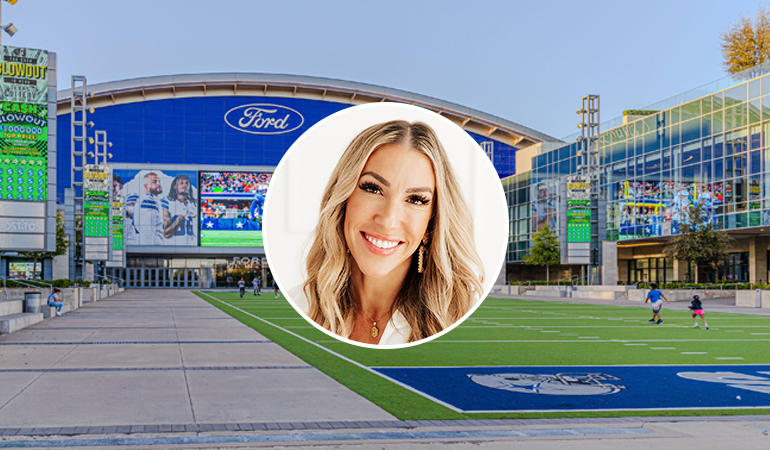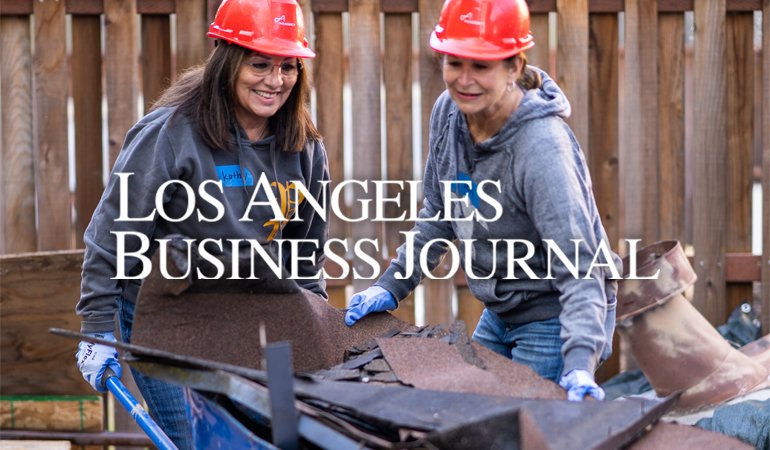The below is an article written by Mauricio Umansky that appears in the Spring 2012 issue of Beverly Hills Lifestyle magazine.
Not long ago, for most Angelenos, Downtown was somewhere you worked or went to Lakers games – period; end of story. What may come as a surprise to some, however, is that Downtown L.A. is enjoying a renaissance much like that of SoHo, New York in the 1980s, San Diego’s Gaslamp Quarter in the early 1990s, and Manhattan’s Meatpacking District in the late 1990s.
In 1900, the population of Los Angeles swelled to 100,000, and by 1920, with the arrival of the Southern Pacific and Santa Fe railroads, L.A. had become a major metropolis with Downtown as the city center. The Downtown area served as the hub until the end of World War II. After the war, a more suburban lifestyle, enabled by a sharp increase in automobile ownership and the development of the Los Angeles Freeway System, grew in favor. Consequently, many corporate headquarters relocated from Downtown. Several resultingly-vacant historic buildings were demolished in favor of parking lots, which were more profitable and accommodating to the burgeoning “car culture” of L.A. As the Downtown population diminished, the store-front businesses, once frequented by a now-extinct pedestrian population, shuttered. Downtown L.A. became a “destination” primarily for business.
Owing in part to the creation of the Adaptive Reuse Ordinance in 1999 (enabling the conversion of historic buildings to residential living with certain tax benefits), an astounding $15 billion in investment has cascaded into Downtown over the past decade. Factoring in significantly to Downtown’s transformation has been Anschutz Entertainment Group’s development of the $375 million Staples Center (home to four professional sports franchises – the NBA’s Los Angeles Lakers and Los Angeles Clippers; the NHL’s Los Angeles Kings; and the WNBA’s Los Angeles Sparks) and the contiguous 27-acre entertainment complex known as L.A. LIVE, a $2.5 billion development. Comprising 4-million square feet of concert theaters, hotel rooms, restaurants, bars, ballrooms, broadcast theaters, movie theaters, and condominium residences, L.A. LIVE is internationally recognized as the home of the Grammys, the Emmys, the Video Music Awards, American Music Awards, People’s Choice Awards and the X Games.
As they say, “a rising tide lifts all boats.” With the success of L.A. LIVE and the introduction of previously-lacking residential support amenities (such as the 2007 opening of the massive Downtown Ralph’s grocery store – one of the highest grossing stores in all of L.A.; the opening of multiple 24-hour Rite Aid and Walgreen’s drug stores; and the imminent opening of the spacious Equinox facility), residents and developers alike are relocating to Downtown L.A. Currently, more than $1.5 billion is under construction Downtown yielding the new Broad Museum, nearly 1,000 hotel rooms, new parks and plazas, and hundreds of thousands of square feet dedicated to more retail, condos and apartments, and restaurants and bars.
Downtown L.A. is poised once again to be the hub of metropolitan Los Angeles. And, to me, it’s unstoppable. Because of its weather, cosmopolitan mix of people, richness of cultural and entertainment options, proximity to Asia, and a wealth of other reasons, L.A.’s population is growing. As a result of such higher density, along with a continued increase in traffic, Angelenos are seeking out neighborhoods where they can live, work, walk and play. The post-World War II development of L.A., which was based on a prevalent car culture, leaves Downtown as the one area in Los Angeles that can deliver it all – a vast number of jobs; countless cultural, entertainment and sports options; a diversity of restaurant and nightlife alternatives; numerous parks and community gathering spaces; and a growing number of retail offerings – all walkable within a locale that features a rich variety of architectural styles, both old and new.
It’s no surprise, then, that GQ Magazine recently declared L.A. the “Coolest City on the Planet,” with Downtown L.A. providing 5 of the Top 10 reasons; that many of L.A.’s hottest and most heralded chefs are opening eateries Downtown (LA Weekly’s last annual “99 Essential Restaurants” included 12 Downtown eateries); and that several housing, retail, and other developments are in the process of gaining approval and financing. Most notable among those developments making their way through the pipeline are the Farmer’s Field and LA Convention Center Expansion projects, aggregating nearly another $2 billion of investment, which would bring NFL football back to L.A. and which would replace an aged portion of the Convention Center with a new and expanded section.
Significantly, the recent opening of The Ritz-Carlton Residences at L.A. LIVE is both a signpost and a critical component to Downtown’s evolution. The introduction of The Ritz-Carlton Residences’ luxury-caliber condominiums to the Downtown landscape provides much needed executive-level accommodations to the Downtown workforce, thus enabling top executives to actually live Downtown without feeling like they are sacrificing creature comforts or having to adapt to a more Bohemian lifestyle (and, for a price which, compared to other major metropolitan American cities, looks like a bargain). Moreover, the incorporation of the legendary Ritz-Carlton brand into Downtown, and the broad consumer reception of the Residences, speaks volumes as to the direction in which Downtown L.A. is accelerating.
As more people fill Downtown’s growing number of condominiums, hotel rooms and apartments, the pedestrian population will continue to swell. And, though the Farmer’s Field and L.A. Convention Center Expansion projects will, undoubtedly, markedly enhance the Downtown L.A. experience, in my opinion, it’s the envisioned “Avenue of the Angels” (a vehicular-free pedestrian “highway” connecting L.A. LIVE to the Walt Disney Hall), which will be most transformative to the Downtown lifestyle. This galvanizing improvement is the final puzzle piece which will deliver Downtown L.A. “back to the future.” It will return Downtown Los Angeles to the point where it is, once again, the hub of Los Angeles; a downtown center that looks back referentially to the glorious days of historical Downtown Los Angeles (with its fantastic architecture and wonderfully designed city plan). At the same time, however, this progressive vision of a pedestrian-centric Los Angeles will cement Downtown L.A.’s place in the global pantheon of great cities as one of the world’s most exciting and sought after places to live.
Go here to order the Spring 2012 issue of Beverly Hills Lifestyle magazine.



